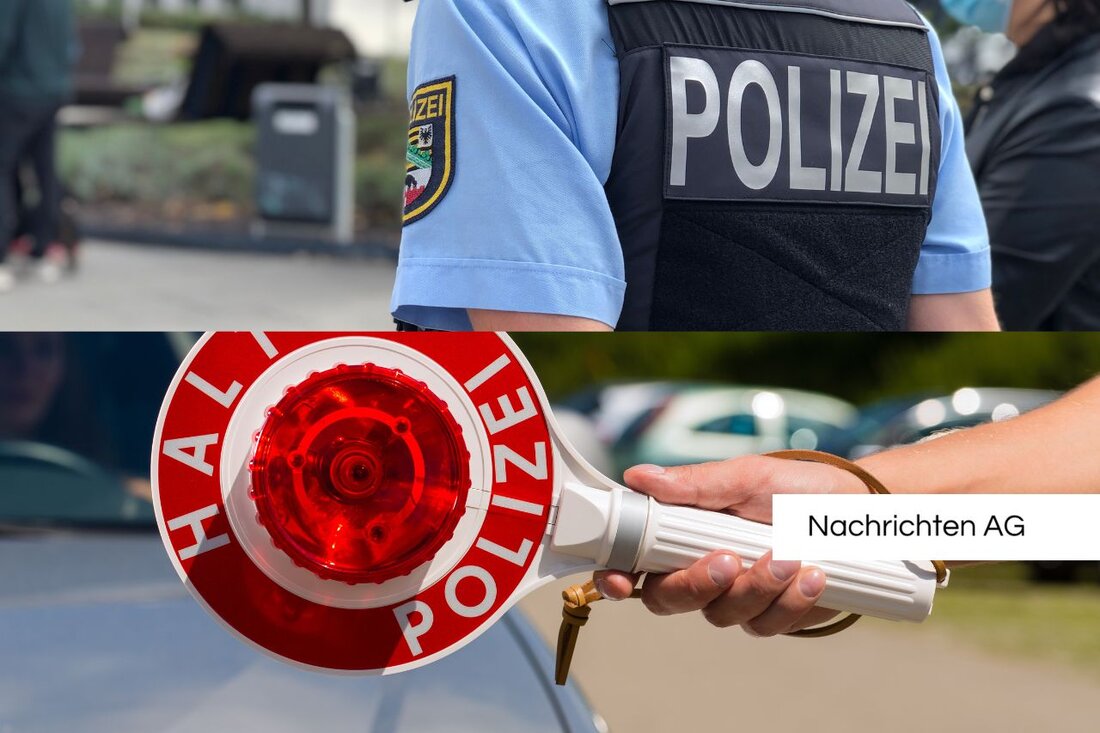Raise flags on June 17th: Remember the popular uprising in 1953!
On June 17, 2025, flags will be raised in Germany to mark the anniversary of the 1953 popular uprising in the GDR.

Raise flags on June 17th: Remember the popular uprising in 1953!
On Tuesday, June 17th, the anniversary of the popular uprising in the GDR in 1953 will be celebrated again in Germany. On this day, the Federal Ministry of the Interior demands that all federal authority buildings be hung with flags. This also applies to corporations, institutions and foundations under public law that are under the supervision of the federal authorities. A haunting reminder of the events that took place in the former GDR, when around a million people protested against the socialist state.
But what exactly happened on June 17, 1953? According to the Swabian newspaper This was not just any protest, but the first major popular uprising in the Soviet Union's sphere of influence. The uprising manifested itself in nationwide mass protests that culminated on June 17th. However, the Socialist Unity Party (SED) responded with brutal measures and had demonstrators beaten with the help of the Soviet military.
The background to the uprising
Before the uprising, people in the GDR were already suffering from massive economic problems and supply shortages. This led to more than 180,000 East Germans leaving the GDR in 1952. When the SED wanted to increase labor standards by 10 percent on May 28, 1953, the population's discontent arose again. On June 16, the party withdrew this increase, but that did not calm minds. On June 15th and 16th, workers on large construction sites in East Berlin called for a general strike, which ultimately mobilized countless people in over 700 cities and towns. The protesters not only demanded the resignation of the government, but also the unity of Germany and free, secret elections.
The large wave of protests reached its climax on the morning of June 17, when demonstrations marched through the streets as the situation spiraled increasingly out of control. According to the Federal Agency for Civic Education There were tumultuous scenes as demonstrators stormed detention centers and police stations. But the hope for change was abruptly ended by the intervention of Soviet troops, who declared a state of emergency. This situation applied in 167 of 217 rural and urban districts in the GDR and led to more than 10,000 arrests within less than three weeks.
The consequences and the day of remembrance
The violent crackdown also left its mark in the period that followed. In the end, at least 55 people were dead, including both demonstrators and members of security forces. The repression against the participants in the uprising led to many being deprived of their freedom. In the Federal Republic of Germany, June 17, 1954 was celebrated as a public holiday and day of German unity, while the SED downplayed it as a “fascist putsch”. After reunification, this date officially lost significance and was removed from the public holiday in 1990, but remains a national day of remembrance.
June 17th is not just a date on the calendar, but a symbol of the fight for freedom and self-determination that began in the GDR. Today, it's fair to say, we are reminded of where we come from and how important it is to stand up for our values. That's why the flag will be raised again this year - a gesture of remembrance and respect for all those who stood up for their beliefs.

 Suche
Suche
 Mein Konto
Mein Konto